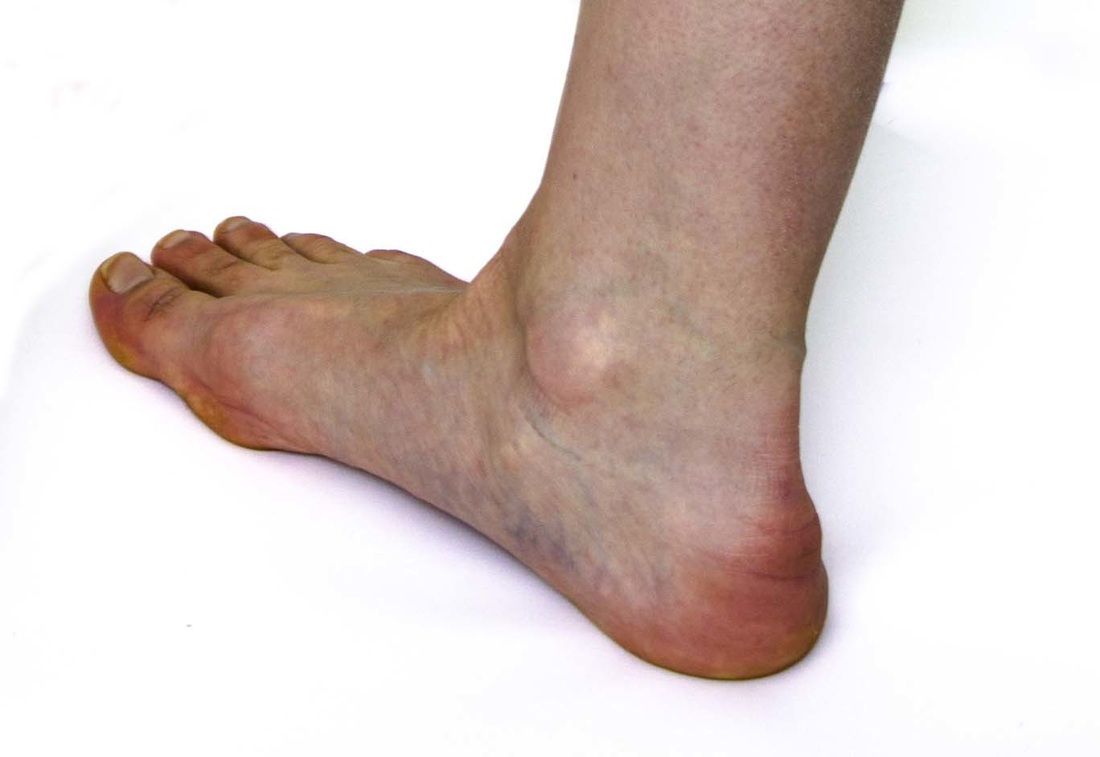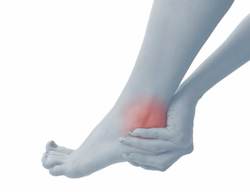The term heel spur and planter fasciitis always confuses the doctor and patients too. Although these two diagnoses are somewhat related, they are surely not the same thing. Plantar fasciitis refers to the inflammation of the plantar fascia, the tissue that forms the arch of the foot. A heel spur is a hook of bone that can form on the foot bone and is associated with plantar fasciitis too.
Heel spurs are usually seen in patients who have a past of foot pain caused by plantar fasciitis. The setting of plantar fasciitis, heel spurs are most often seen in middle-aged men and women, but can be found in all age groups. The heel spur itself is not considered to be the primary cause of pain, rather inflammation and irritation of the plantar fascia is thought to be the primary problem. The analysis of a heel spur is made when an X-ray shows a hook of bone protruding from the bottom of the foot at the point where the plantar fascia is attached to the heel bone.
Causes of a heel spur:
The plantar fascia is a thick ligament connective tissue that runs from the heel bone to the ball of the foot. This strong and tight tissue adds to maintaining the curve of the foot. It is also one of the major transmitters of weight across the foot as one walks or runs. Therefore, the stress placed on the plantar fascia is incredible. When a patient has plantar fasciitis, it becomes inflamed and degenerative these irregularities can make normal activities quite painful.
Main and prominent symptoms:
Symptoms are typically deteriorated early in the morning after sleep. At that time, the plantar fascia is tight and simple movements stretch the constricted plantar fascia. As one begin to loosen the tendon, the pain usually subsides but often returns with prolonged standing or walking. Heel spurs form in some patients who have plantar fasciitis and tend to occur in patients who have had the problem for a stretched period of time. While about 70% of patients with plantar fasciitis have a heel spur and x-rays also show about 50% of patients with no symptoms also have a heel spur.
Heel spurs are usually seen in patients who have a past of foot pain caused by plantar fasciitis. The setting of plantar fasciitis, heel spurs are most often seen in middle-aged men and women, but can be found in all age groups. The heel spur itself is not considered to be the primary cause of pain, rather inflammation and irritation of the plantar fascia is thought to be the primary problem. The analysis of a heel spur is made when an X-ray shows a hook of bone protruding from the bottom of the foot at the point where the plantar fascia is attached to the heel bone.
Causes of a heel spur:
The plantar fascia is a thick ligament connective tissue that runs from the heel bone to the ball of the foot. This strong and tight tissue adds to maintaining the curve of the foot. It is also one of the major transmitters of weight across the foot as one walks or runs. Therefore, the stress placed on the plantar fascia is incredible. When a patient has plantar fasciitis, it becomes inflamed and degenerative these irregularities can make normal activities quite painful.
Main and prominent symptoms:
Symptoms are typically deteriorated early in the morning after sleep. At that time, the plantar fascia is tight and simple movements stretch the constricted plantar fascia. As one begin to loosen the tendon, the pain usually subsides but often returns with prolonged standing or walking. Heel spurs form in some patients who have plantar fasciitis and tend to occur in patients who have had the problem for a stretched period of time. While about 70% of patients with plantar fasciitis have a heel spur and x-rays also show about 50% of patients with no symptoms also have a heel spur.


 RSS Feed
RSS Feed
